Angola
Photos
13 Photos
Per Page:
Filter Categories
All
Filters
Seasonal floods affected thousands of people in Angola and Namibia during a rainy season that stretched through April 2011. Flood waters finally receded in May, but not before an estimated 260,000 residents had been affected. Around the city of Ondjiva, in southern Angola, water levels dropped significantly between late March and mid-May. The satellite captured this "after" image of the area on 13 May 2011. Made from a combination of shortwave infrared, near infrared, and red light, these images distinguish between water and land better than natural-color images. Vegetation appears bright green, and water appears bright blue. Thin white lines show embankments, which afforded Ondjiva some protection from the high waters in early 2011. Rainy season in this region can last from November to April. Image courtesy of NASA.
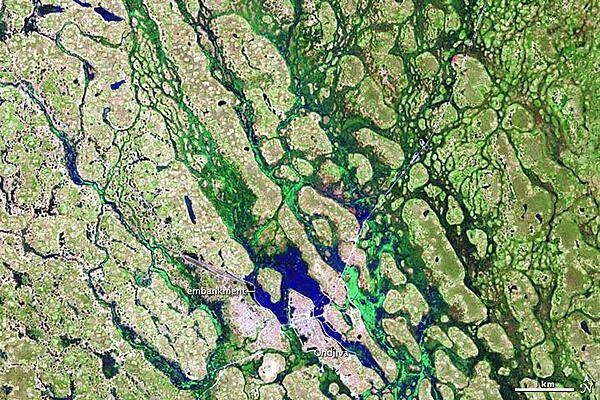
Seasonal floods affected thousands of people in Angola and Namibia during a rainy season that stretched through April 2011. Flood waters finally receded in May, but not before an estimated 260,000 residents had been affected. Around the city of Ondjiva, in southern Angola, water levels dropped significantly between late March (this photo) and mid-May (next photo). The satellite captured this "before" image of the area on 30 March 2011. Made from a combination of shortwave infrared, near infrared, and red light, these images distinguish between water and land better than natural-color images. Vegetation appears bright green, and water appears bright blue. Thin white lines show embankments, which afforded Ondjiva some protection from the high waters in early 2011. Rainy season in this region can last from November to April. Image courtesy of NASA.
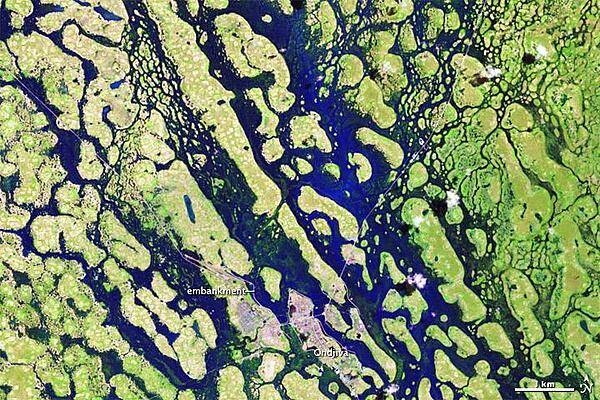
Luanda is Angola’s capital and largest city. Located on the northern Atlantic coast, Luanda is the most populous Portuguese-speaking capital in the world and Angola’s chief seaport. Luanda is also one of the oldest colonial cities in Africa, founded in 1576 by Portuguese explorer Paulo Dias de Novais. The bustling city is shown at sunset.
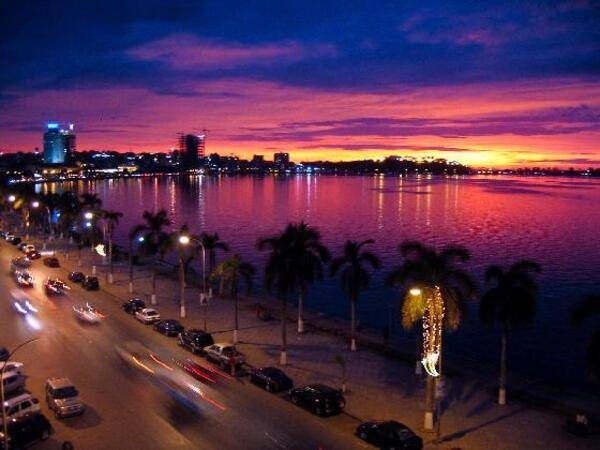
Luanda Marginal or the Avenida 4 de Fevereiro (Avenue of the Fourth of February) at night. The Marginal is a 5.5 km route running parallel to Luanda Bay. This elevated (4 m) scenic walkway has impressive views of the sea. Avenida 4 de Fevereiro relates to Angola’s struggle for independence from Portugal. The date celebrates Liberation Movement Day commemorating the anniversary of the revolt in the Baixa de Cassanje region by agricultural workers at a cotton plantation seeking improved working conditions. The protest led to a general uprising that Portuguese authorities brutally suppressed on February 4. This revolt is considered the trigger for the Angolan War of Independence.
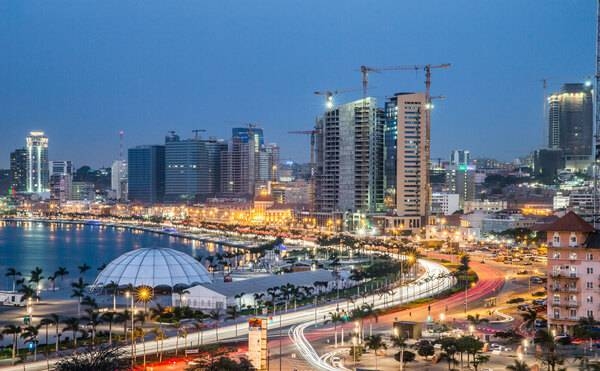
A street scene in Angola's capital of Luanda.
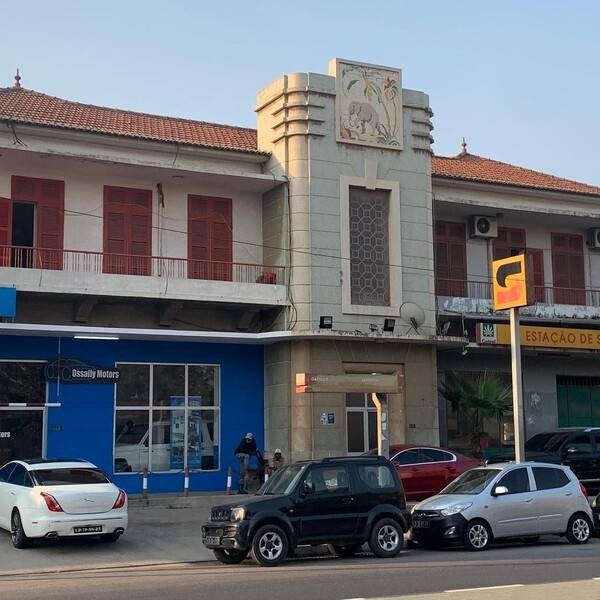
Massive storm clouds gather over Luanda.
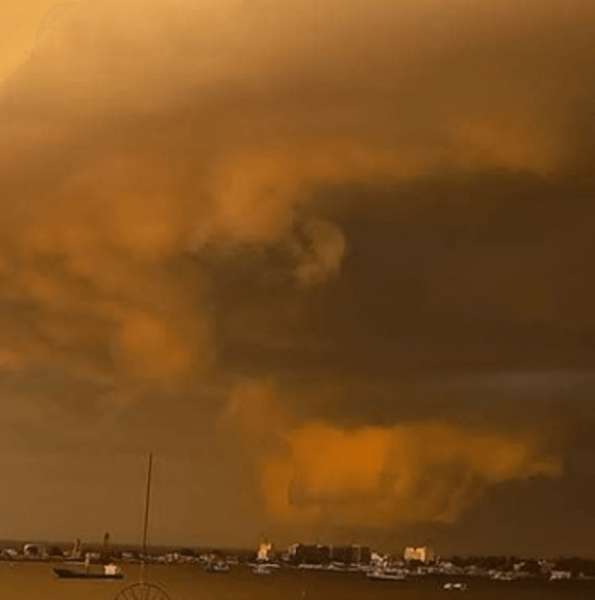
Whale watching between June and September is a popular activity off shore from Luanda. Often dolphins will make an appearance as well. Here a dolphin gracefully leaps from the water.

Walking on Luanda's Marginal affords many scenic views of the ocean and the city. This view shows the Ilha de Luanda (Island of Luanda) in the distance. Ilha is beach landform off the shore of Luanda that is part of the municipality of Ingombota in Luanda Province. The area hosts a wide variety of hotels and clubs with bars and restaurants, as well as flea markets and marinas. The first church built by the Portuguese in Angola, the Church of Nossa Senhora do Cabo (Our Lady of the Cape), is also located here.
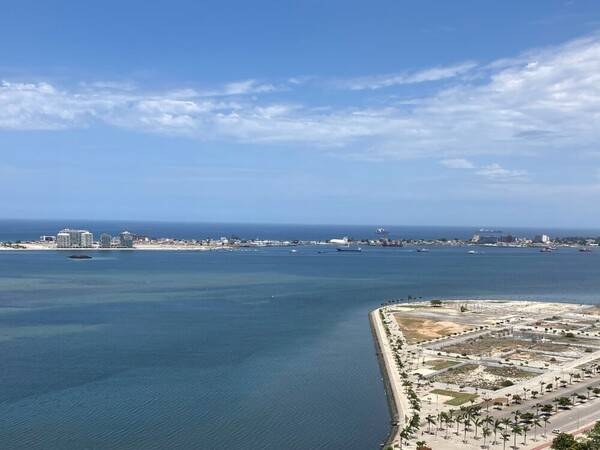
Fortaleza de Sao Miguel (Saint Michael Fortress) is a Portuguese polygonal-form fortress built in 1575 on a high plateau overlooking Luanda and the bay. The fortress was the administrative center of the colony and a major outlet for the slave trade. Today Fortaleza de Sao Miguel is a major tourist attraction and houses a museum of Angola's armed forces.

Located some 30 km north of Luanda, Angola's capital, is 2.5 km-long Shipwreck Beach. The area acquired its name when in the 1970’s disused ships of bankrupt companies were towed to this remote beach forming a ship graveyard. The ships date back to the 1960’s with the largest of the over 20 rusting hulks being an oil tanker named "Karl Marx."
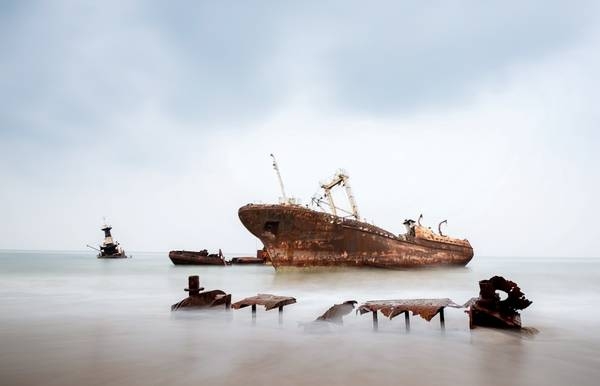
Calandula Falls is a broad horseshoe shaped waterfall located in Calandula, Malanje Province; it is one of the largest waterfalls by volume in Africa. Located on the Lucala River, some 360 km from Angola’s capital city of Luanda, the falls are 105 m high and 400 m wide.
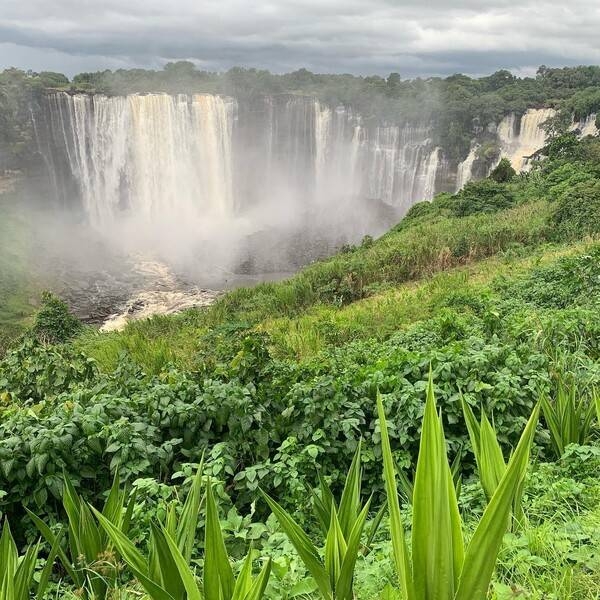
Located 40 km south of Luanda is the stunning geologic formation known as Miradouro da Lua (Portuguese for “Viewpoint of the Moon”). The distinctive tri-color (orange, white, tan) set of cliffs was carved by wind and rain erosion and to some looks like a setting from another planet or, per the name, the moon.
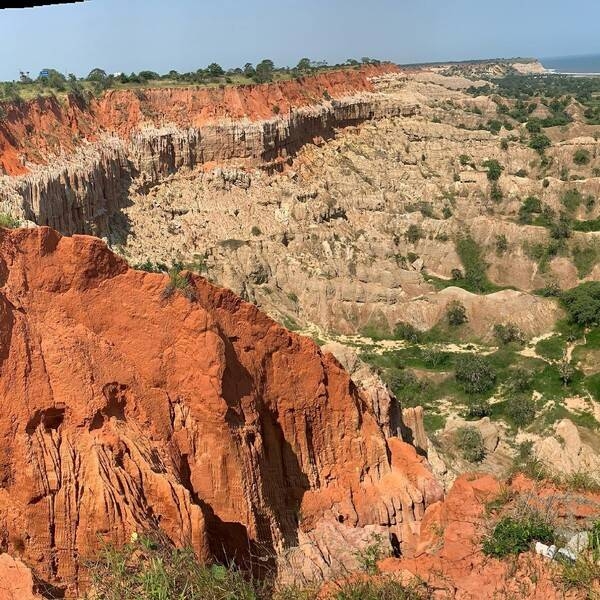
Page 01 of 02